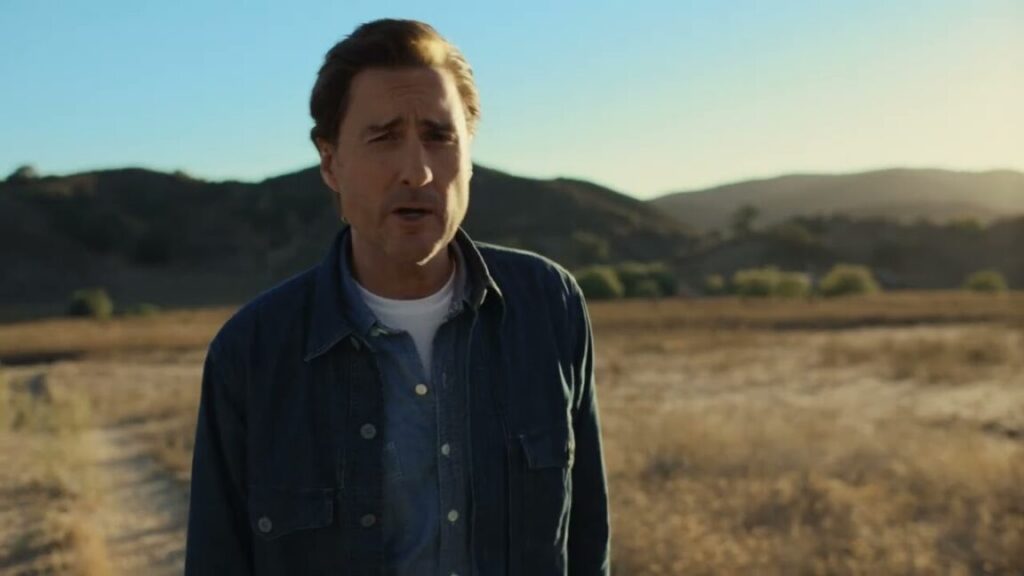AT&T committed a big no-no in its latest advertising campaign against T-Mobile, according to the organization that runs the ad industry’s self-regulatory system. BBB National Programs’ National Advertising Division said Friday that AT&T “violated Section 2.1(I) of the National Advertising Division (NAD)/National Advertising Review Board (NARB) Procedures for the US advertising industry’s process of self-regulation by issuing a video and press release that use the NAD process and its findings for promotional purposes. NAD has demanded that AT&T immediately remove such violative promotional materials and cease all future dissemination.” The NAD said that AT&T’s action threatens the “integrity and success of the self-regulatory forum,” and “undermines NAD’s mission to promote truth and accuracy of advertising claims and foster consumer trust in the marketplace.” Despite its own history of misleading ad campaigns, AT&T just started airing ads with Luke Wilson that claim T-Mobile is far more dishonest than AT&T. In a press release, AT&T said it is “launching a bold new campaign to stand up for consumers by squashing T-Mobile’s untruths and setting the record straight,” and to counter “the litany of misleading and deceiving claims in T-Mobile’s marketing.” AT&T COO Jeff McElfresh explained the ad campaign, alleging that T-Mobile has wrongly portrayed its wireless network as being larger and better than AT&T’s. But AT&T was accused of violating an NAD rule against using NAD decisions for advertising purposes. “The Better Business Bureau’s advertising watchdog asked T-Mobile to correct their marketing claims 16 times over the last four years. That’s more than each of the entire consumer electronics and financial services industries,” AT&T’s press release said. AT&T said that “trust is earned through action,” with McElfresh saying that “we’re not just building a network—we’re building trust.” (Contrary to AT&T’s statement, BBB National Programs is now an independent organization and not part of the Better Business Bureau.)
Continue reading the complete article on the original source



